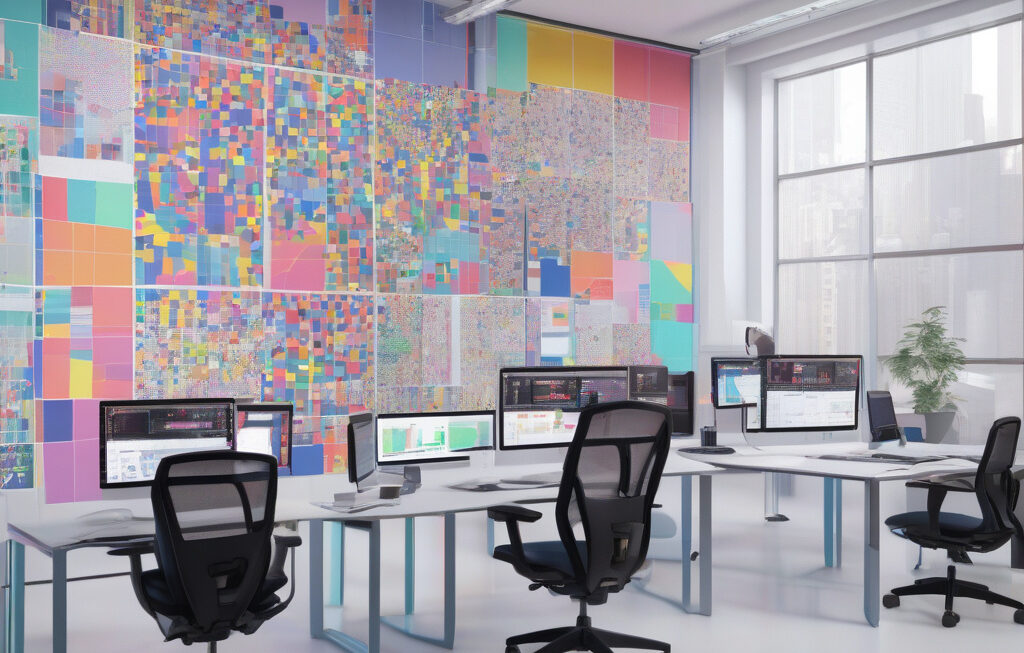YouTube Faces Backlash for AI Video Edits Without Creator Consent
YouTube, the video-sharing giant, has recently found itself in hot water over its use of AI technology to make edits to videos without the consent of creators. This move has sparked outrage among content creators and has reignited discussions surrounding trust, regulation, and control in the ever-evolving landscape of artificial intelligence.
The controversy began when YouTube started experimenting with AI edits on videos uploaded to its platform. These edits, ranging from automatic video enhancements to audio modifications, were implemented without seeking approval from the creators themselves. This unilateral decision by YouTube not only undermines the creative control of content producers but also raises concerns about the potential misuse of AI in the digital content space.
Creators who invest significant time and effort into producing high-quality videos view this AI intervention as a violation of their artistic vision and intellectual property rights. By altering the original content without permission, YouTube has not only disrespected the creators’ autonomy but also jeopardized their relationships with their audience, who may notice inconsistencies in the edited videos.
Moreover, this incident has brought to the forefront the broader issue of tech companies wielding unchecked power when it comes to implementing AI technologies. As AI continues to permeate various aspects of our lives, questions of accountability, transparency, and ethical usage become increasingly pertinent. YouTube’s actions serve as a stark reminder that the responsible deployment of AI requires clear guidelines, robust oversight, and, most importantly, respect for the rights of individuals and creators.
In response to the backlash, YouTube issued a statement acknowledging the concerns raised by creators and users regarding the unauthorized AI edits. The platform committed to reviewing its AI editing practices and ensuring that creators have more control over the modifications made to their content. While this response is a step in the right direction, it also underscores the need for platforms like YouTube to prioritize collaboration and communication with their creator community.
Moving forward, it is crucial for YouTube and other tech companies to engage in transparent dialogues with creators, involve them in decision-making processes, and establish clear protocols for the implementation of AI technologies. By fostering a culture of respect, consent, and collaboration, platforms can harness the potential of AI to enhance the creator experience without compromising on creative autonomy.
As the debate surrounding YouTube’s AI video edits continues to unfold, one thing remains clear: the relationship between technology, creativity, and consent is more critical than ever. By upholding the principles of trust, respect, and integrity, YouTube and other digital platforms can navigate the complexities of AI integration while empowering creators to share their stories authentically and responsibly.
YouTube, AI, Video Edits, Creator Consent, Regulation












